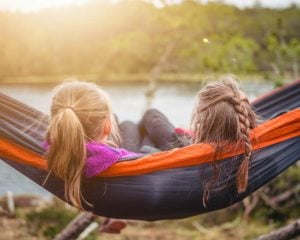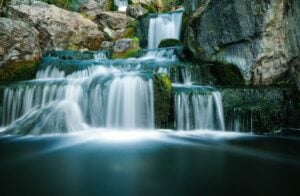Nature’s pantry is rich and abundant, offering a diverse array of edible treasures that lie hidden within the landscapes of Canada. Foraging for wild edibles is not only an age-old practice but also an opportunity to connect with the land, learn about local ecosystems, and savor the flavors of the wilderness. In this guide, we’ll delve into the art of foraging for wild edibles in Canada and discover the delights that await those who explore the forest-to-table journey.
Exploring the Bountiful Wilderness
From coast to coast, Canada’s landscapes are teeming with edible plants, mushrooms, and other delights waiting to be discovered. Forests, meadows, and even urban green spaces hold a treasure trove of wild edibles, each with its unique flavor and nutritional value. However, it’s important to approach foraging with knowledge and respect for the environment to ensure sustainability.
Embracing the Seasons
Foraging is a seasonal activity that mirrors the natural rhythm of the land. Spring heralds the emergence of tender greens like ramps and fiddleheads. Summer brings forth an abundance of berries, edible flowers, and mushrooms. Autumn is a time for harvesting nuts, fruits, and hearty mushrooms. Each season presents a new palette of flavors and textures, creating a dynamic journey for foragers throughout the year.
Safety First: Identifying Edibles
The key to successful foraging lies in accurate identification. While the thrill of discovering new foods is exciting, it’s crucial to be certain about what you’re picking. Field guides, online resources, and local workshops can help you learn about the native plants and mushrooms in your area. Connecting with experienced foragers or joining local foraging groups can provide valuable guidance and mentorship.
Wild Delicacies on the Plate
Once you’ve gathered your wild edibles, it’s time to bring them to the table. The beauty of foraged foods lies not only in their flavors but also in the stories they tell. From crafting delicate salads with dandelion greens to preparing mouthwatering mushroom risottos, your culinary creations can be as adventurous as your foraging journey. Remember to cook and prepare foraged foods appropriately to enhance their flavors and ensure their safety.
Ethics of Foraging
Responsible foraging is essential to maintaining the delicate balance of ecosystems. Always follow the “Leave No Trace” principle, ensuring that you harvest in a sustainable manner that doesn’t harm the environment or disturb wildlife habitats. Avoid foraging in protected areas, such as national parks, and be mindful of local regulations and guidelines.
A Connection to Nature
Foraging is more than just a means of procuring food—it’s a way to foster a deep connection with nature. As you traverse forests, meadows, and shores in search of wild edibles, you’ll find yourself attuned to the rhythms of the land, noticing subtle changes and appreciating the intricate beauty of the natural world.
Cultivating a Skill and Passion
Foraging is a skill that grows with experience and time. As you become more familiar with the native plants and mushrooms in your region, you’ll develop a keen eye and an intuitive sense of the land. The journey of foraging is ongoing, and the rewards are both culinary and spiritual.
A Feast of Discovery
From fragrant herbs to earthy mushrooms, Canada’s landscapes hold a symphony of flavors waiting to be savored. Foraging for wild edibles is an immersive adventure that connects you to the land, fosters a sense of wonder, and invites you to experience the world in a way that few other activities can. So, venture into the forests, meadows, and fields with curiosity and respect, and you’ll uncover a world of wild delights that enrich both your table and your soul.


